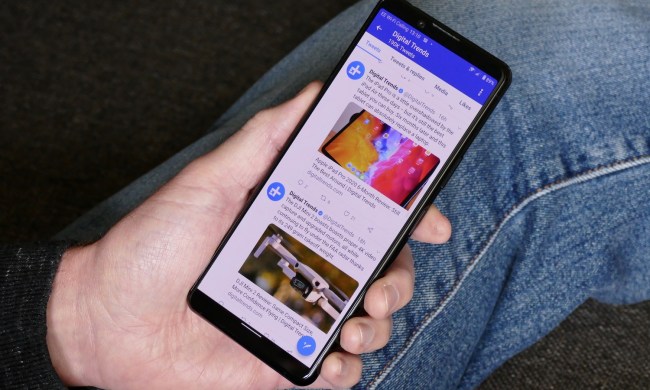
The change would reduce the number of taps it takes to add a video to Twitter — which currently requires three taps just to access the video (for the compose, camera, then video icons). Bloomberg says the update is Snapchat-style, citing the way the younger network opens instantly to the camera.
Twitter did not respond to a request for a comment. With only anonymous sources from inside the company reporting the possibility, it’s unclear just how far into the development Twitter is — or whether the feature will ever see a full rollout to users.
While the faster video uploads can only be considered a rumor for now, the leak points to an interesting difference between the biggest social networks. Facebook now only requires one side swipe to access the camera. Instagram — arguably more photo-focused — only needs a single tap on the camera icon. And Snapchat users, of course, simply need to open the app.
The leak doesn’t clarify exactly how Twitter might be speeding up the process of posting a video. Opening directly to a camera mode seems like a bad move for a platform focused on microblogging. Twitter’s instant nature could potentially benefit from speeding up the process though, perhaps with an icon dedicated to the task alongside the compose option or a swipe shortcut. The second option, however, tends to make platforms more confusing for newbies with hidden gestures that aren’t indicated on the screen — and even Snapchat is working to make its app less confusing for new users.
Twitter’s latest feature updates (outside of a long list of changes designed to curb abuse) expand text posts to higher character limits, allow for longer user handles, and add in-app Tweetstorms. Earlier this week, the platform shared a new algorithm designed to make better auto crops on images. Other updates have focused on extending the platform’s instant nature with a focus on live videos and the Explore section.


